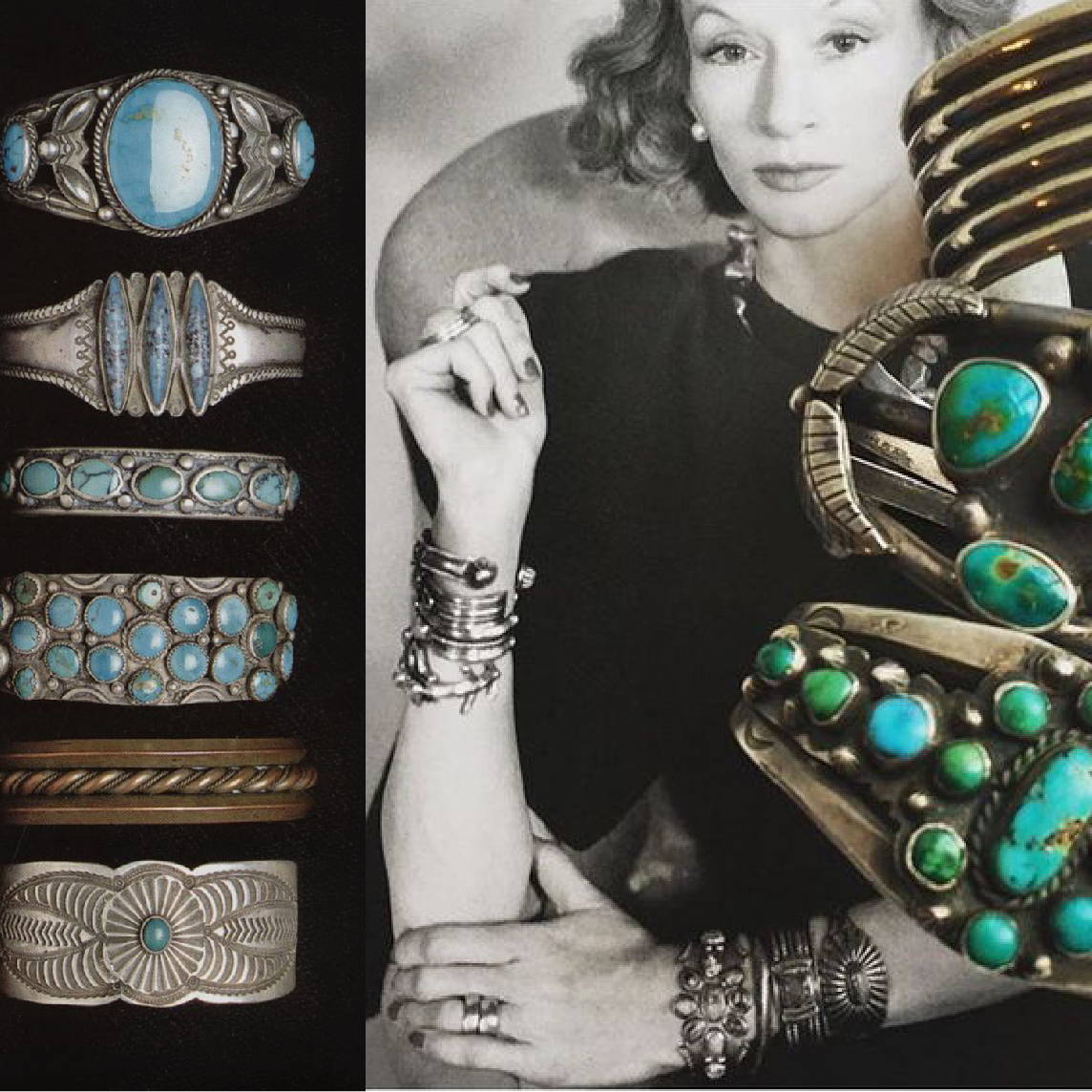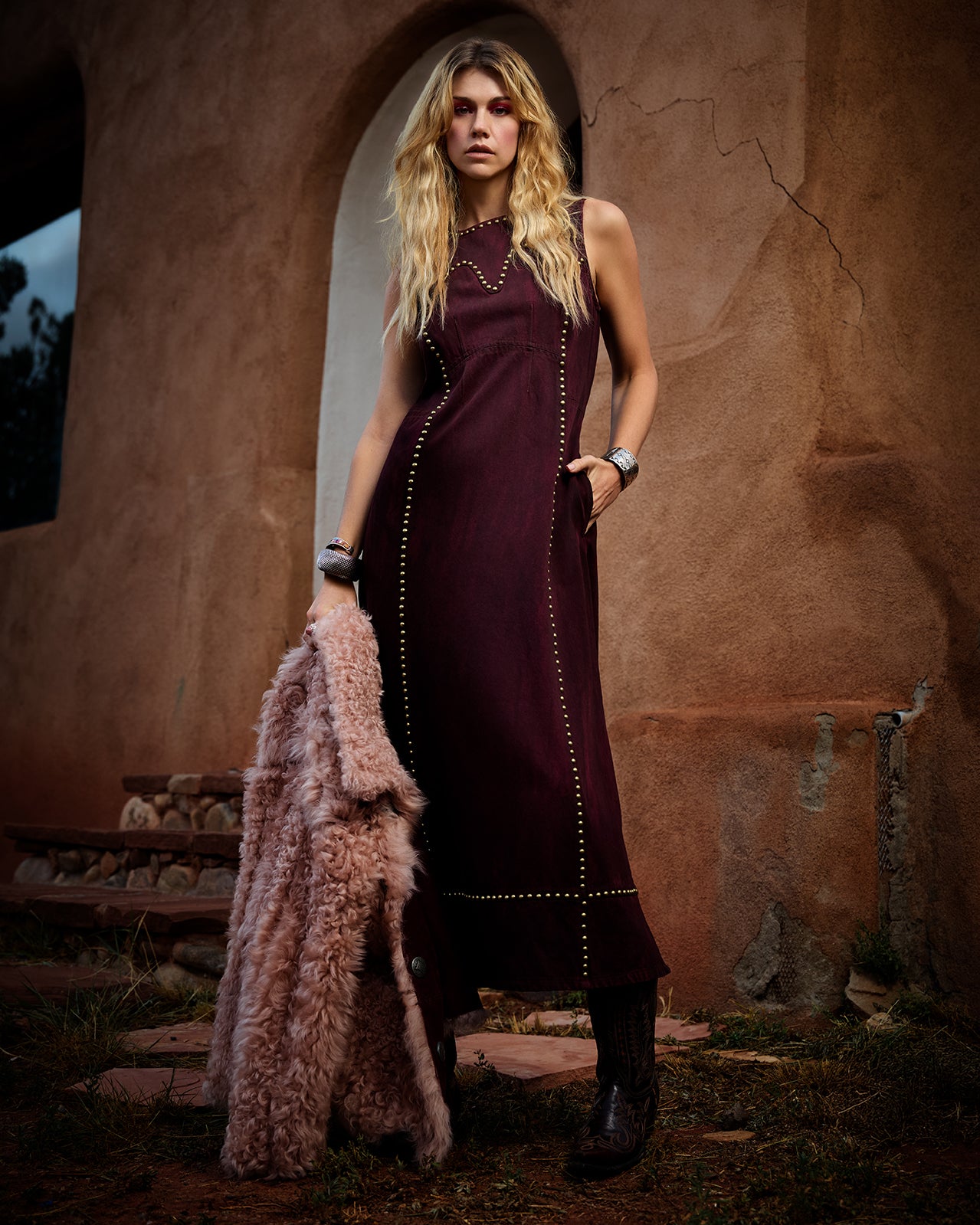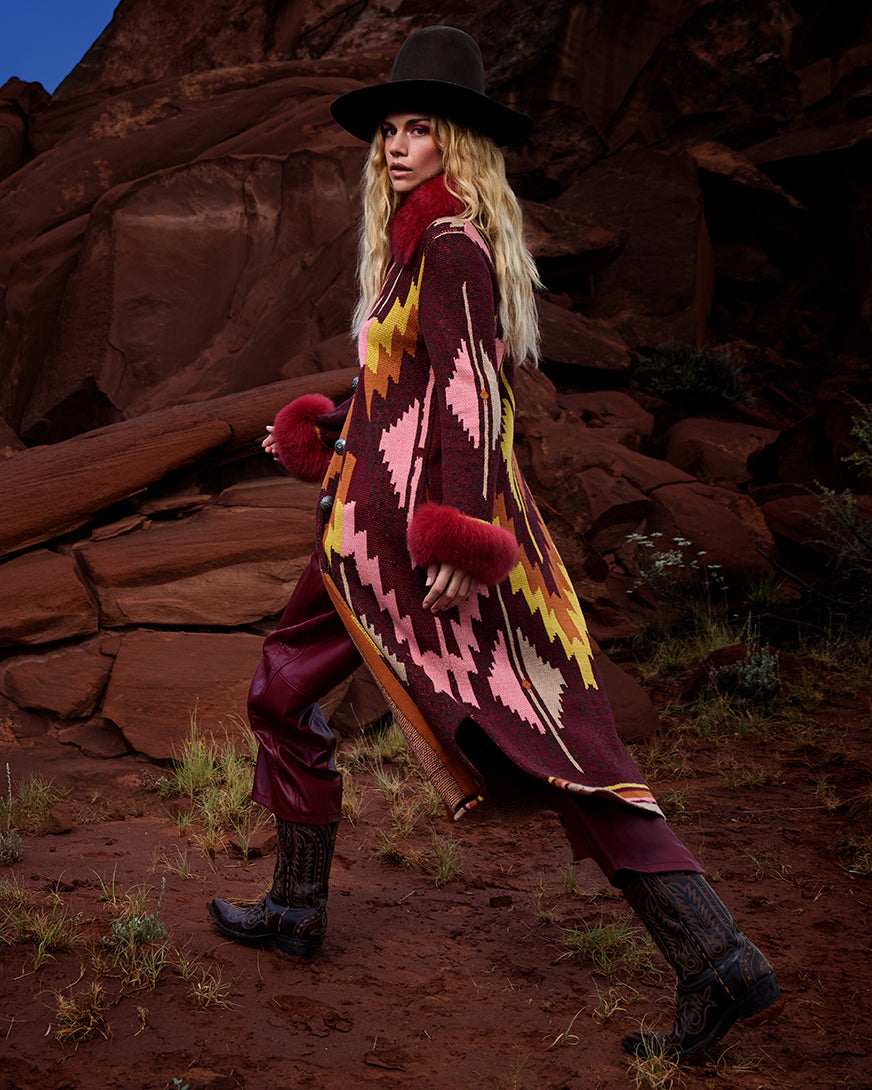Free scarf on Past & Present collection orders over $300 – limited quantities available.
Free scarf on Past & Present collection orders over $300 – limited quantities available.
Shop
apparel
Add description, images, menus and links to your mega menu
A column with no settings can be used as a spacer
Link to your collections, sales and even external links
Add up to five columns
Add description, images, menus and links to your mega menu
A column with no settings can be used as a spacer
Link to your collections, sales and even external links
Add up to five columns
Add description, images, menus and links to your mega menu
A column with no settings can be used as a spacer
Link to your collections, sales and even external links
Add up to five columns
Add description, images, menus and links to your mega menu
A column with no settings can be used as a spacer
Link to your collections, sales and even external links
Add up to five columns

Millicent’s Style: Bracelets
November 28, 2020 2 min read
Millicent’s Style: Bracelets
No one wore Southwestern jewelry quite as elegantly as Millicent Rogers. It can be argued that no one did more to bolster the advancement of the craft and Native American artisans than she did. It is not an understatement to say that you and I and the rest of mainstream America likely would not be so enamored by -- or even as aware of -- squash blossoms or ketohs or statement cuffs, if Millicent hadn’t brought them to the forefront of fashion. She was truly a pioneer in that way. (There is a beautiful book that showcases her jewelry collection and museum; we highly recommend it.)
So much of the Taos collection is an homage to Millicent, and week by week we’ll be celebrating her style in a series. This week, we’re taking a look at how she went bold with bracelets.
KETOHS
Ketohs originally served as bow guards for Navajo warriors; simple wide bands of thick leather to protect their wrists from the snap of their bow strings. They evolved to become more ornate, incorporating sterling silver shields, and then stampwork, repousse, and eventually stones, mostly turquoise. After centuries of only being worn by men, ketohs became acceptable accessories for women, and often were traditional pieces passed down from generations. As their aesthetic grew more elaborate, they transitioned more toward decorative pieces than utilitarian ones. Millicent, more of a waif than a warrior, donned them surprisingly naturally.
Leave a comment
Comments will be approved before showing up.
Recently viewed products
Join Us
Our emails are the prettiest. Dress up your inbox:



